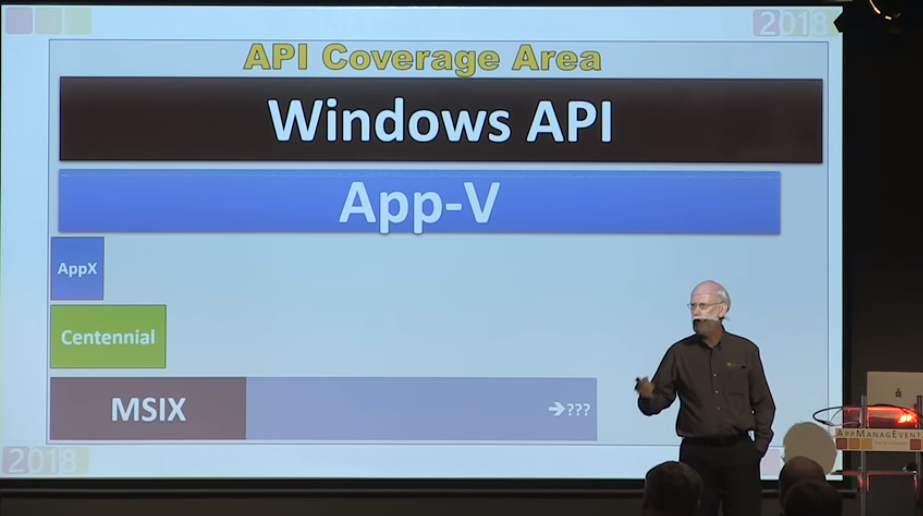You might have noticed a lot of vendors in the application packaging space shouting from the rooftops that they are supporting MSIX, Microsoft’s new packaging format. Anyone who can run an automated PowerShell command to create and convert an app could technically claim MSIX support.
However, it is easy to get carried away with the impression that MSIX is actually READY for adoption. This is a big misconception as we are at least 18 months away from that point! While it is important to start testing and playing around with the new packaging standard, it is far more important to worry about how you will manage until it reaches maturity and how to set yourself up for success once it happens.

If you are asking yourself where Microsoft is with MSIX, what you should do if you have an App-V project planned but are now thinking about skipping App-V and moving to MSIX right away, or what the most effective way to adopt the new packaging format is, then you are in the right place!
IT Pros Should Feel Mildly Enthusiastic About MSIX
Before we jump into the roadmap, let’s have a quick look at where we stand right now.
I recently attended the AppManagEvent 2018 in Utrecht, NL, which is one of the biggest events of the year for app management. One of the highlights of the conference was Tim Mangan‘s “The Future of Applications” presentation (which I shared below with his permission).
He spoke to an audience of IT pros that, just hours before, heard Microsoft’s talk about MSIX readiness. A few minutes in, he stated his one job for this talk: to get the attendees from a state of “overly excited about MSIX” down to “mildly enthusiastic”. Why? The reason is simple — MSIX isn’t ready for broad enterprise deployment yet.
When Microsoft released the first version on May 21st 2018, the software giant said that it would complete the new packaging toolkit over the next “few Windows releases” — meaning the 2019 Spring and Fall Updates at the very least.
To further illustrate the point, Tim created a graph that showed that any MSI (20 years maturity) works with the Windows 10 API layer at about 100%. In contrast, App-V (10 years maturity) works at about 70% with a lot of tailoring and tinkering to get it to work (they are missing about four components), while you probably could get MSIX (about 6 months maturity) working in 10 to 20% of the cases.

(Sidenote: We do expect MSIX to be on parity level with App-V at 70% in 24-36 months, which is an enormous feat!)
In summary, Tim Mangan said: “In the long-run, Microsoft is going to do a great job in the conversion but you’ll still have to think about shimming those things. So, it’s not going to be as easy as running a script that turns all your App-V packages into MSIX. You will have to go through the process of testing them out and shimming them to get them to work.”
Should You Do A Double-Hop With App-V Now?
If you already have started on your journey onto App-V, keep going. Some organizations might want to do a double-hop — especially if your estate isn’t tightly managed at the moment and you could gain a lot of momentum from getting better organized by going to App-V first while waiting for MSIX to mature.
This certainly would be less painful than having to go from original source or from MSI. However, there are a lot of considerations to take into account before making this decision. For example, consider the size of the company, how much of your estate you have managed to get to virtual by now, and whether or not this is really your end goal.
There is also Microsoft’s support of AppX and AppV to consider as Microsoft recently stated on its blog:
“Starting with Windows 10 1809 MSIX will replace AppX as Package-Format completely. But it’s not just replacing the File-Extension. MSIX will drastically extend the usage and configuration options while reducing known limitations. Ultimate target for MSIX is to provide a common package standard for UWP and Windows applications.”
Conclusion
In summary, I want to stress again that MSIX isn’t ready for adoption just yet and won’t be for another 18 months or so. By then, Microsoft plans to have it replace any MSI installers, but if done properly, it will also affect application virtualization (App-V) and app layering (as MSIX is Microsoft’s new app layering solution).
(Image Credit: Tim Mangan, 2018)